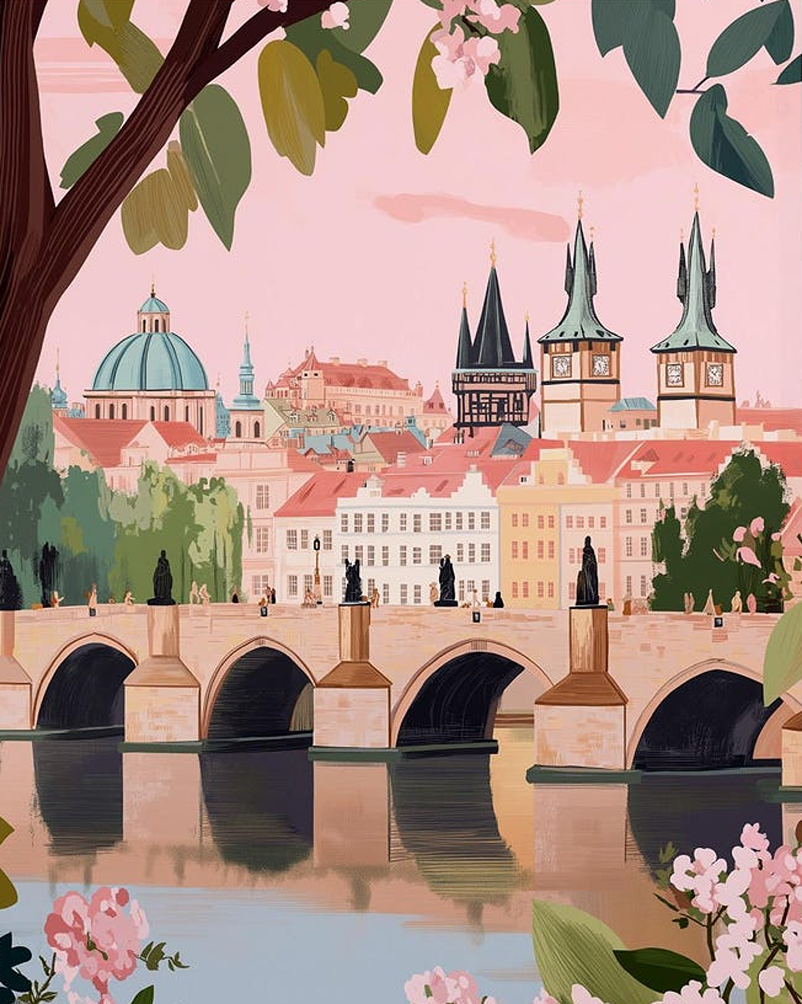Why Suffolk is Known as ‘Constable Country’

If you grew up with a painting of ‘The Hay Wain‘ on your living room wall, it was painted here. John Constable grew up here, and featured Suffolk countryside in many of his paintings.
If out walking, always follow the Countryside Code, to keep all creatures safe. At the coast, read our post on keeping dogs safe by the seaside.
Flatford is the home of Willy Lott’s Cottage and Flatford Mill (above). East Bergholt is a friendly Suffolk village and the artist’s birthplace. The house where John Constable was born still stands.
Dedham Vale sits on the border of Suffolk and Essex. The open fields, willow-lined rivers, and old tracks remain much as they looked 200 years ago. You can walk along the River Stour, to take in the views.
John Constable had deep affection for the landscape of his home, writing ‘I should paint my own places best: painting with me is but another word for feeling.
As a child, he attended school in Dedham, so walked from his home in East Bergholt along the River Stour, which later became the scene, for many of his paintings.
Just like Van Gogh, Constable sold very few paintings in his lifetime (although he had more success in France, winning a gold medal for his Hay Wain painting).
Today ‘Constable Country’ is a designated National Landscape (the new name for an Area of Outstanding Natural Beauty’. So here’s hoping the buildings and landscape will never be turned into blocks of flats. The National Trust owns Flatford Mill, and there is also an RSPB nature reserve nearby.
History Behind ‘The Hay Wain’
When Constable painted what was voted Britain’s second-favourite painting, it did not sell! But many of us grew up with a copy of it on our living room wall.
The house is Willy Lott’s Cottage (Willy was a farmer who inherited the estate and lived there all his life, save one or two nights away). He never married, he lived with his sister, and died age 88.
Can you guess what Britain’s favourite painting is? If you thought ‘sunflowers’, you’d be wrong. In fact, it’s the lesser-known J.M.W Turner’s painting The Fighting Temeraire. Third was Manet’s A Bar at the Folies-Bergère.






